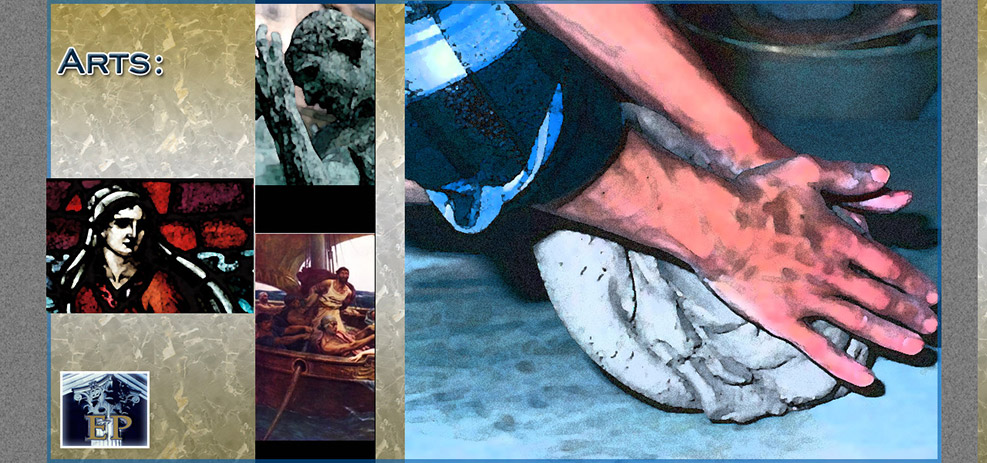Lessons in Classical Drawing
by Juliette Aristides
Domain: Fine arts techniques
Context: Learning how to draw
There is no one book that a reviewer can currently point to as canonical for all aspects of drawing. This isn't terribly surprising: it is a skill long and difficult of accomplishment, with numerous facets. Moreover, art, like science, undergoes continual development.
But, of course, one must start somewhere, and Lessons in Classical Drawing is among the best starting points for the serious fine artist, particularly one who has been away from the discipline for a while. (It would not be a good introductory book for a young child, however.) In general, one must learn to draw well before going on to other media, such as oil paint, so the prospective artist should start here rather than with, say, her earlier book Classical Painting Atelier (2008).
Aristides is a leader of the Atelier movement, which is an attempt to bring art itself back from the brink of post-modernist annihilation. The movement advocates for a humanistic art; and what such an approach calls for first of all is an aesthetic, or underlying philosophy of art. Since any such art will be largely representational, the basic skills and knowlege are teachable, and can be broken down into a finite number of topics, which is indeed the approach that Aristides takes throughout six chapters.
She does provide some of the philosophical and historical background here, though a bit more of that will be found in her Classical Drawing Atelier. As she also does in that book, she provides a small gallery of inspirational masterworks, showing just what it is that a master artist can hope to accomplish - which implicitly provides one answer to the question: why draw? What this book also supplies is more actual instruction in drawing than does CDA. This is supplemented by a DVD which nicely fills in some of the gaps that purely textual instruction invariably leaves open. (Some other videos are available at her youtube channel as well.)
At the time of original publication, her website provided additional information concerning papers, pencils, and other artistic materials, which is little discussed in the text of the book. Unfortunately, that information has not migrated to her new site, and so represents something of an instructional blank that goes unfilled.
The first reservation this reviewer has in connection with both of these books is that, as Aristides herself notes, figurative drawing, and portraiture in particular, is the most technically challenging sort of drawing of all. Nevertheless, these do provide the lion's share of examples throughout both books. A true first introduction would be better focused on the still life followed by a bit of landscape drawing, which beginners would certainly find far less daunting. Some of that may be found here, but not enough. However, yet another book, which provides a kind of sketchbook, may go some way toward remedying that defect.
Our second reservation is that book of this sort should have more to say about theme and content - a serious omission in nearly all books of this nature. Aristides has devoted much of her own output to the still life - but in general the still life doesn't provide suitable content for advanced fine art. Ultimately, art is significant to the extent that it has something meaningful to say. For all that it provides a wonderful place to begin, the still life is unlikely to express anything of notable significance, and should be left behind as the artist advances in personal understanding and insight into life.
In all, however, this book is very strongly recommended for the serious adult, particularly one who already has some skill and who is interested in figurative art; but it should be supplemented by live art instruction if at all possible - preferably in an atelier. The true beginner should start elsewhere, perhaps with one of the books of Andrew Loomis, such as Fun With a Pencil.
Some additional guidance will also be needed in connection with artistic materials outside of this book.
Related Topics at EP
Reviews of other books by Aristides, and additional information pertaining to the Atelier movement are forthcoming.



